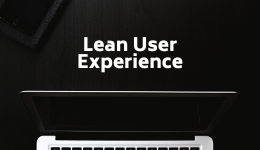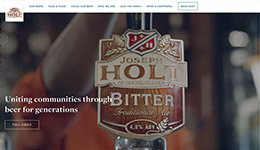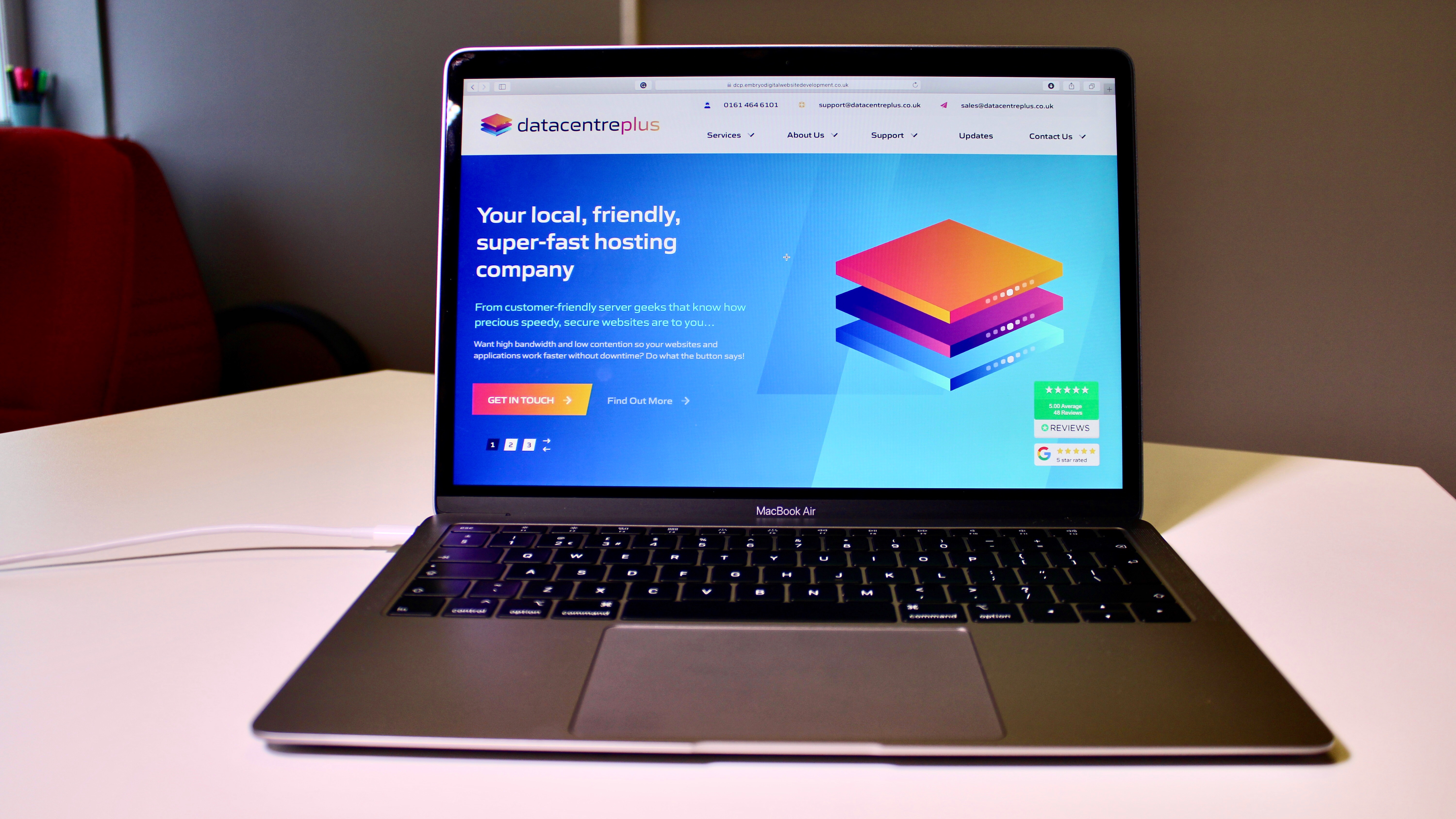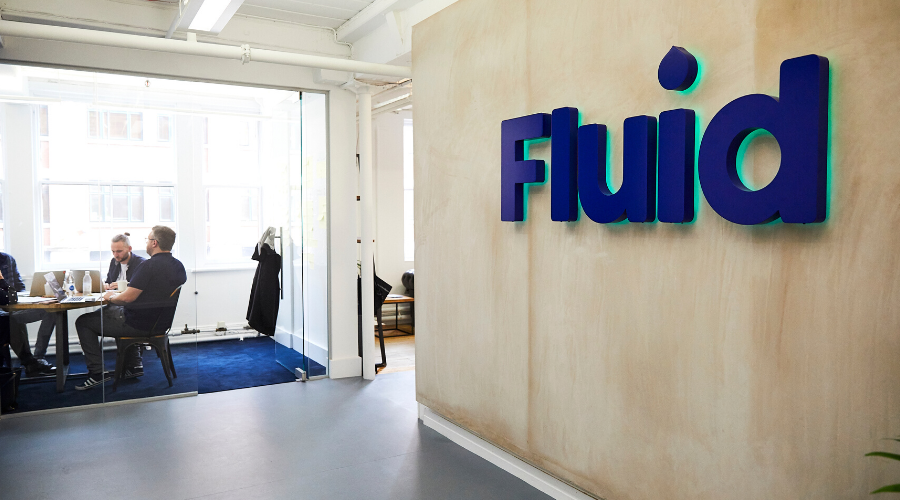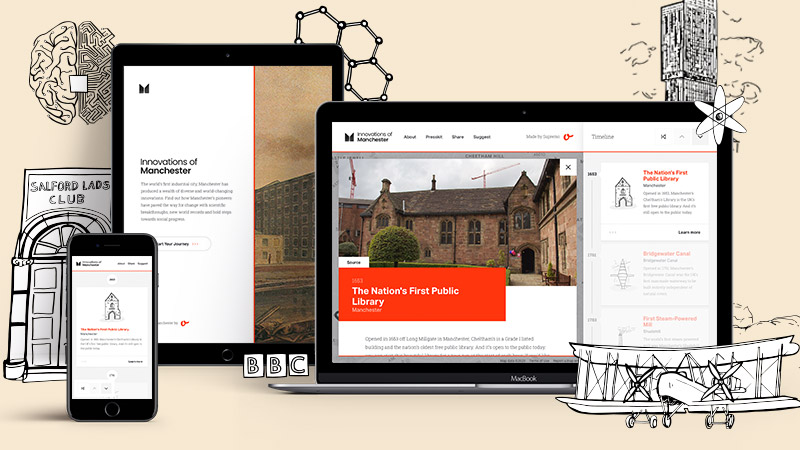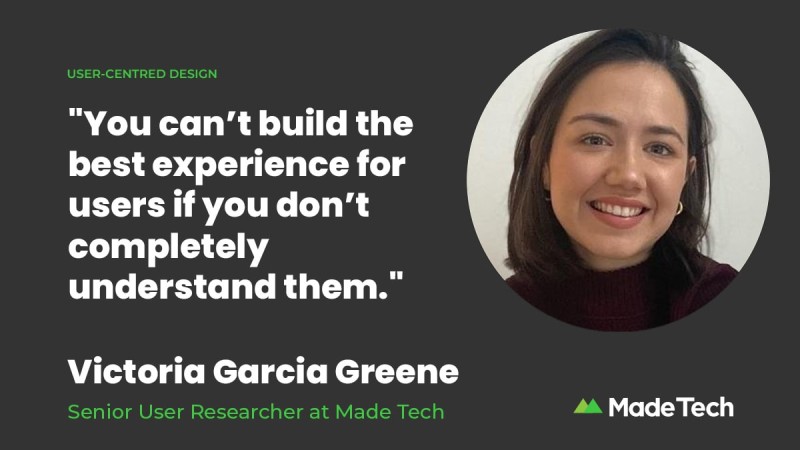
User-centred-design (UCD) is becoming the more popular approach when it comes to designing a service or product for users. But despite UCD’s rise in popularity, stakeholders and clients can still struggle to understand the value of UCD rather than a build-it-and-they-will-come approach.
We can see the value of UCD in many of the online services that we use every day, whether that’s scrolling through your email, sending someone a text or browsing through social media.
The value of UCD approach can be summarised as:
- Creating a better experience for the user
- Designing a service that is accessible and inclusive
- Saving time and money, in the long run
- Gaining more insight into users
- Evolving the service to continue meeting user needs
Creating a better experience for the user
No matter the product, or service, UCD involves the user from the very beginning. By doing that, it makes sure that the experience being built for them is the best that it can be. Understanding users is critical to building that experience and that’s where user research comes in.
User research lets us learn about users, their experiences, needs and pain-points. From this, a team then has the insights and data they need to make design decisions that will help build a service that’s right and relevant for users.
Think about some of your favourite apps and what it is that makes using them a good experience. That’s the value of UCD, and – importantly – the value of user research.
“The next big thing is the one that makes the last big thing usable.”
– Blake Ross, Co-creator of Mozilla Firefox
Designing a service that’s accessible and inclusive
A service can only be accessible and inclusive for users if these things are considered during the research and design stages. It’s at those stages that we can investigate and ask users questions about accessibility and inclusion. More often than not, we learn things we didn’t know we didn’t know.
For example, you might find that some of your users only access services from their phones and not from a laptop, or that others won’t use a service if it’s not available in their native language. Some users may need screen readers, magnifiers, colour-blind filters, etc. All of these things will impact design and have to be taken into consideration.
Accessible and inclusive design is extremely important, and services and products that don’t design for those needs will not be successful with their users.
“People ignore design that ignores people.”
– Frank Chimero, Designer
Saving time and money, in the long run
I’m sure we’ve all come across services that “need work”. Maybe the interface is poor, some of the buttons don’t work, page layouts don’t make any logical sense, or the overall experience is more painful than painless.
More often than not, that’s because those services haven’t been designed with the user at the front and centre. It’s not impossible to redesign and reconfigure services to fix this, but it can be a big job (especially if it’s a big service) and one that could have been avoided with user-centred design from the outset.
“If you think good design is expensive, you should look at the cost of bad design.”
– Dr. Ralf Speth, Chief Executive Officer, Jaguar Land Rover
Gaining more insight into users
You can’t build the best experience for users if you don’t completely understand them, right? What UCD lets us do is continue gathering insights about users all throughout the lifecycle of a product or service.
These insights are what help inform strategic or prioritised design decisions, like putting a button in a certain place or giving users the functionality to save information on a page. Research allows us to gain this insight from users – to speak with them, test our assumptions, iterate and improve.
“You have to start with the customer experience and work your way back to technology.”
– Steve Jobs, Co-Founder, Chairman and CEO of Apple Inc.
Evolving the service to continue meeting user needs
It’s easy to think that once a product is built or a service is brought into a live environment that it’s done and dusted. But, it’s not. Even in a live environment, UCD is still alive and well. User research means that as time progresses, the service can continue to evolve with its users.
People don’t stay the same, so neither can the services they use. Just look at the evolution of services like Facebook, Twitter, Gmail, Snapchat, any banking app – none of them look the same as they did 3 years ago.
Continuing to put users at the forefront means that the service, no matter how old, is still right, relevant and meeting their needs.
“Styles come and go. Good design is a language, not a style.”
– Massimo Vignelli, Designer
Join our upcoming user-centred design event
Sign up for our upcoming event, How to set up user-centred design to save time and money. You can attend via Zoom for free.
Date: Thursday, 25 August 2022
Time: 11am to 12pm BST
Save your seat


